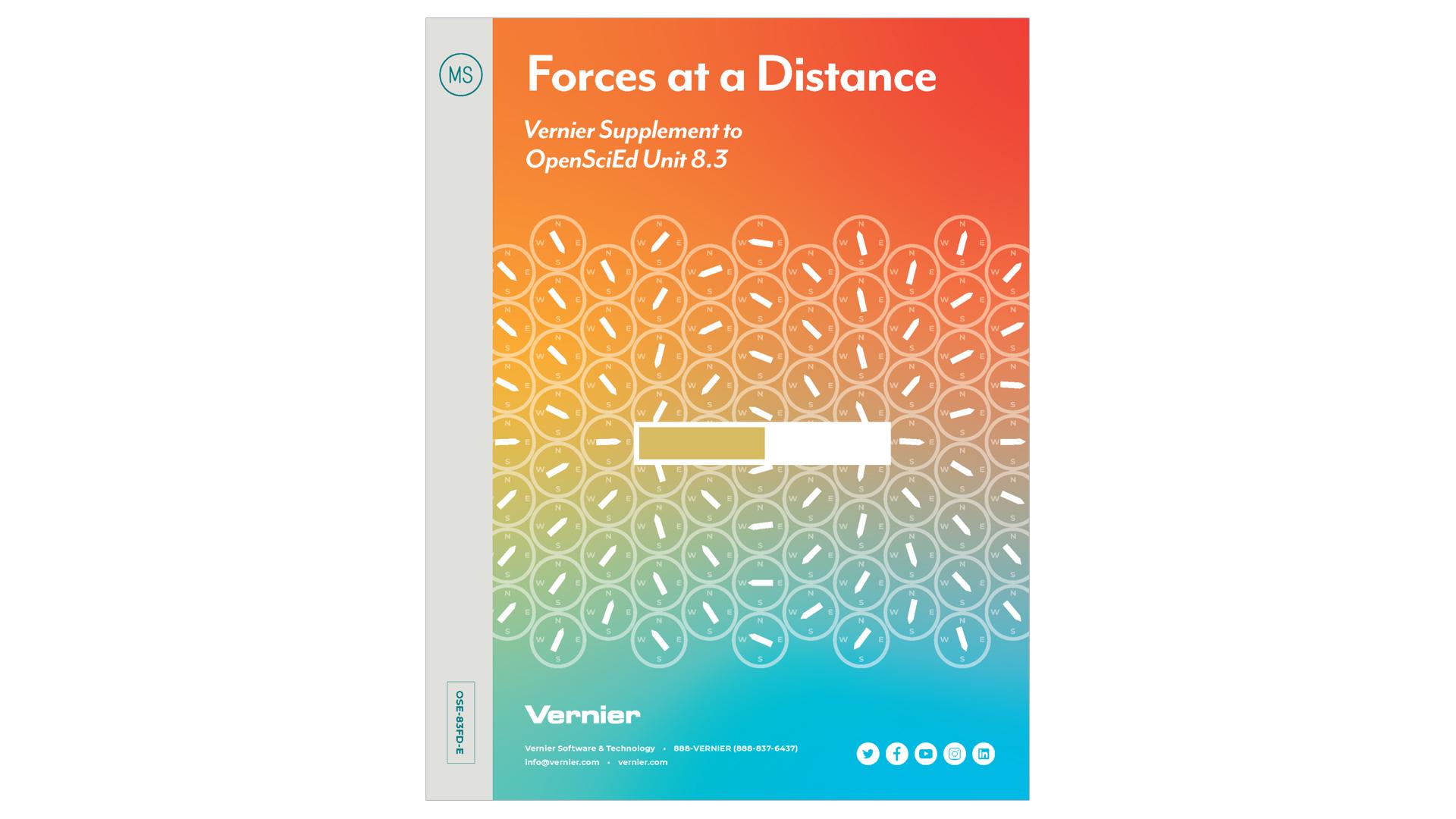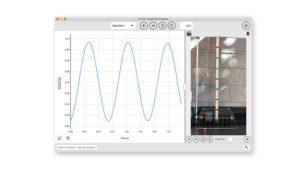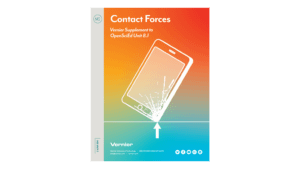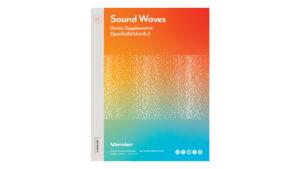Requirements
Our partnership with OpenSciEd gives middle school teachers access to free high-quality instructional materials that integrate our data-collection technology and align with the Next Generation Science Standards.
Follow the steps below to access your free PDFs and editable Google Docs for each lesson.
- Download the complete unit from OpenSciEd.
- Add the Forces at a Distance Supplement to your Vernier shopping cart.
- Complete the order. You will receive an email with a download link.
- Follow the link to download the Forces at a Distance Supplement.
- Swap in the enhanced data-collection lessons for the OpenSciEd lessons.
Lessons
There are 12 lessons in the full OpenSciEd Unit 8.3
3 of the lessons are enhanced with Vernier data-collection technology and are included in the Vernier supplement. These 3 lessons use Vernier Graphical Analysis™ and the OpenSciEd Sensor Cart Package (one package per two student groups).
|
Lessons |
|
Sensors Used |
|
|
Lesson 1: What causes a speaker to vibrate? |
|
|
|
|
Lesson 2: What can a magnet pull or push without touching? |
|
|
|
|
Lesson 3: How does energy transfer between things that are not touching? |
|
|
|
|
Lesson 4: What can we figure out about the invisible space around a magnet? |
|
|
|
|
Lesson 5: How does the magnetic field change when we add another magnet to the system? |
|
|
|
|
Lesson 6: How can we use magnetic fields to explain interactions at a distance between the magnet and the coil? |
|
|
|
|
Lesson 7: How does changing the distance between two magnets affect the amount of energy transferred out of the field? |
|
OpenSciEd Sensor Cart Package
(one package per two student groups) |
|
|
Lesson 8: How does the energy transferred from a battery to a wire coil compare to the energy transferred from a computer to a speaker? |
|
|
|
|
Lesson 9: How do the magnet and the electromagnet work together to move the speaker? |
|
|
|
|
Lesson 10: How does distance affect the strength of force pairs in a magnetic field? |
|
OpenSciEd Sensor Cart Package
(one package per two student groups) |
|
|
Lesson 11: What else determines the strength of the force pairs between two magnets in a magnetic field? |
|
OpenSciEd Sensor Cart Package
(one package per two student groups) |
|
|
Lesson 12: What cause-effect relationships explain how magnetic forces at a distance make things work? |
|
|





